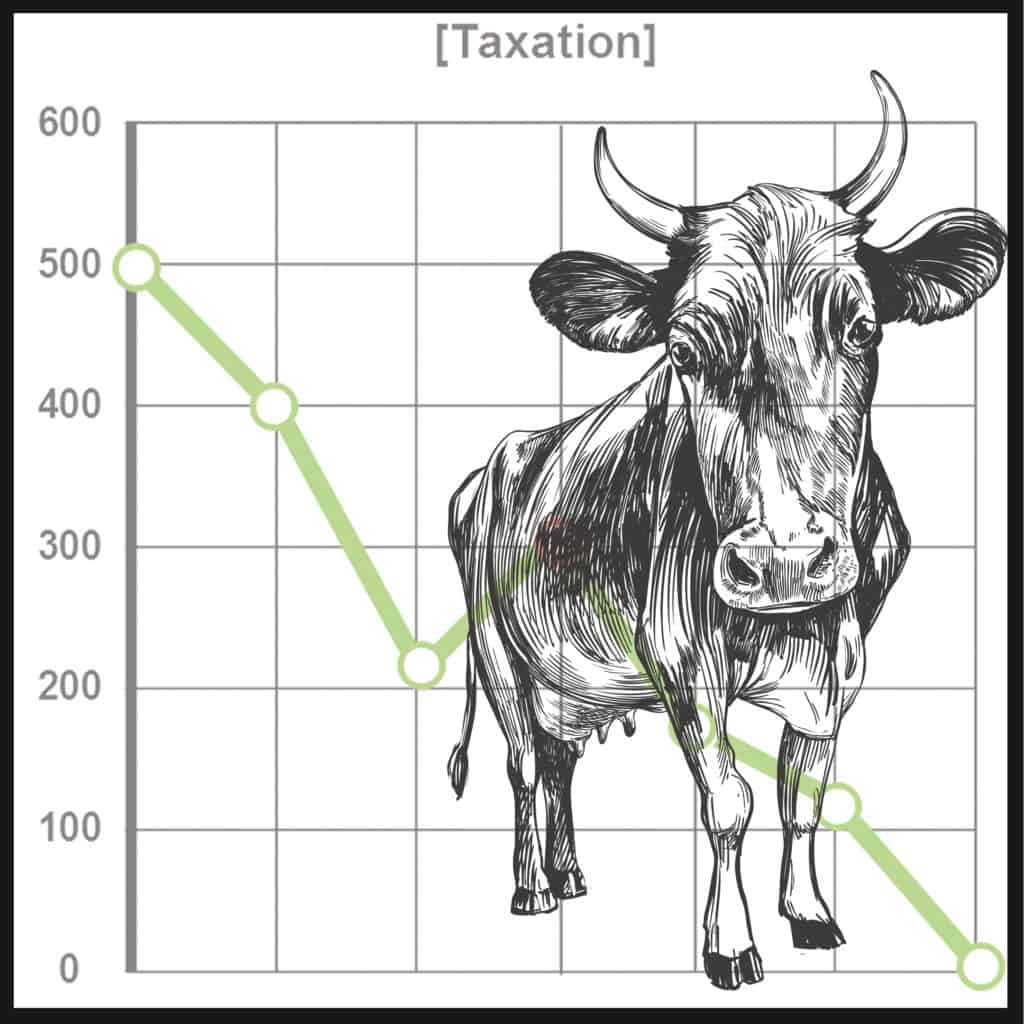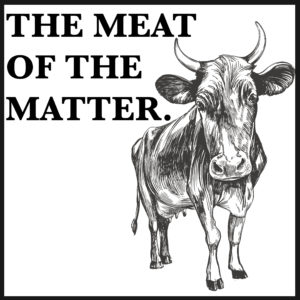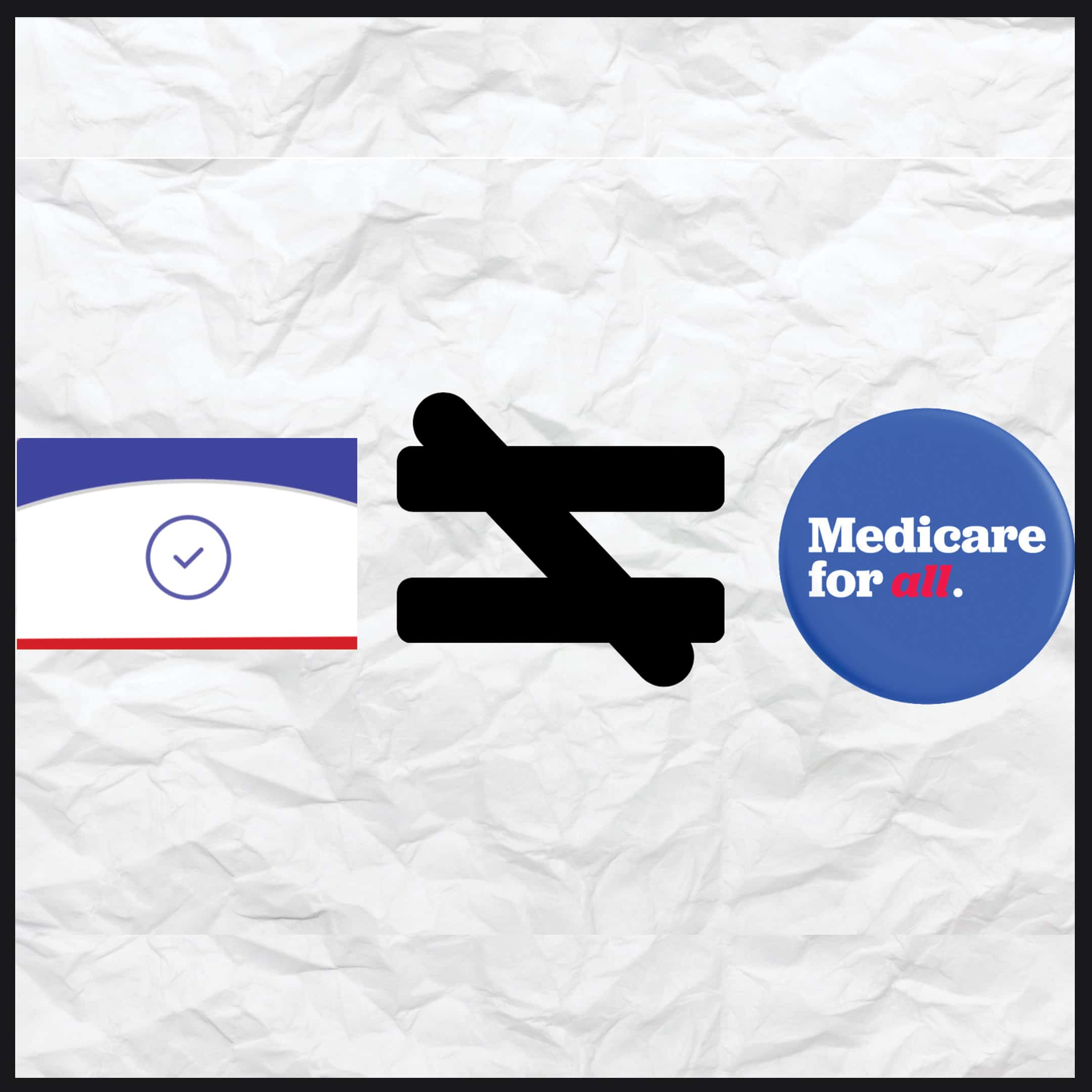Beef, which comes from the skeletal muscles of cows, (or cattle), appears to be a great source of protein, and only around 1200 calories per pound. If this muscle could be extracted from the beast, we would highly recommend it for human consumption at a rate of at least a quarter pound every day.
To feed Americans this much meat, we would need to kill an estimated 39 million cows a year, in order to extract 27.3 Billion pounds of their beef.
Statista
To grow these cows large enough will require feeding them for at least three years (which is a bargain, because they would actually live 20 years, if we let them). If we commit 62% of our American farmland (about 216 acres), we could grow enough corn, soybeans and alfalfa to feed all of them. Cows cannot actually digest corn (but who can?), and though studies show it will eventually kill them, it would not be before we killed them first. The one side effect is the creation of about 482 million megatons of greenhouse gases between the cows and the soil; the corn doesn’t help this issue (cows belch methane).
To save money, we could cram the cattle together into large warehouses. This does spread disease among the animals, but we found that if every cow is given sub-therapeutic doses of human antibiotics, in their feed, it eliminates most diseases, and somehow the antibiotic promotes more growth in the cow, meaning more meat is grown using less feed. The only side effect is that maybe 2.8 million Americans will acquire serious infections from bacteria that have become resistant to these antibiotics; unfortunately, the antibiotics will enter our bodies when we eat the beef, but antibiotic-resistant bacterial infections only kill around 35,000 people each year, which is only 1.25% of the people who will actually be infected.

We have done the calculations, and 49.2 Trillion gallons of freshwater (70% of our entire water supply) would also be needed, in order to keep the cattle hydrated prior to killing them (that’s only 1,800 gallons of water for every pound of meat produced). Also, because these animals produce 130-164 times the waste that humans do, we will need to outfit our livestock houses with “flushing” systems; these will also use up to 150 gallons of water per cow per day, in order to rinse this waste out into surrounding rivers, lakes, and streams. We feel not regulating the waste is best, as we estimate only 48% of our natural freshwater contamination will actually come from this source. If we leave the cows to stand in their own feces, this percentage could be lowered even further.
Surprisingly, 39 million cattle take up a lot of space, but we have designated approximately 788 million acres (or 41.4 percent of the U. S., excluding Alaska) that no one really uses anyway, in order to let them stand around until we eat them. This 41% is mostly uninhabited range, pasture and forest land.
Tests have shown that one percent of our population happens to be allergic to galactose-α-1,3-galactose, or alpha-Gal, a type of complex sugar in red meat. The direct health cost should only run about $3.2 Billion. Food poisoning is to be expected as well, and may lead to about $4 Billion in direct health costs, but less than 1,000 deaths overall. Our tests have also shown that growth hormones are en excellent way to increase muscle mass and promote weight gain in livestock animals. Commonly used growth-enhancing drugs in the beta-agonist family include zilpaterol, which would work perfectly if fed to cattle. Of course, it will also be passed along to us when we eat the meat.
All told, we believe we could bring a pound of beef to the American people for only $12.14. As this may seem a bit pricey for some Americans, we have proposed an alternate plan, where up to $8 can be subsidized by the federal government, and paid for later through income taxes; this could drop the price to under $5 at the supermarket.
We highly recommend meat, and in particular beef, as a staple item in every American’s diet. The negative externalities will create growth in other markets, the healthcare industry, for one, but also take the pressure off the oil industry, as cows would actually cause more overall pollution that all other forms of transportation combined. Beef. It could easily be what’s for dinner.
For more on how The Third Option would tax the meat industry, go here.

 Medicare For All Has Nothing to do With Medicare
Medicare For All Has Nothing to do With Medicare